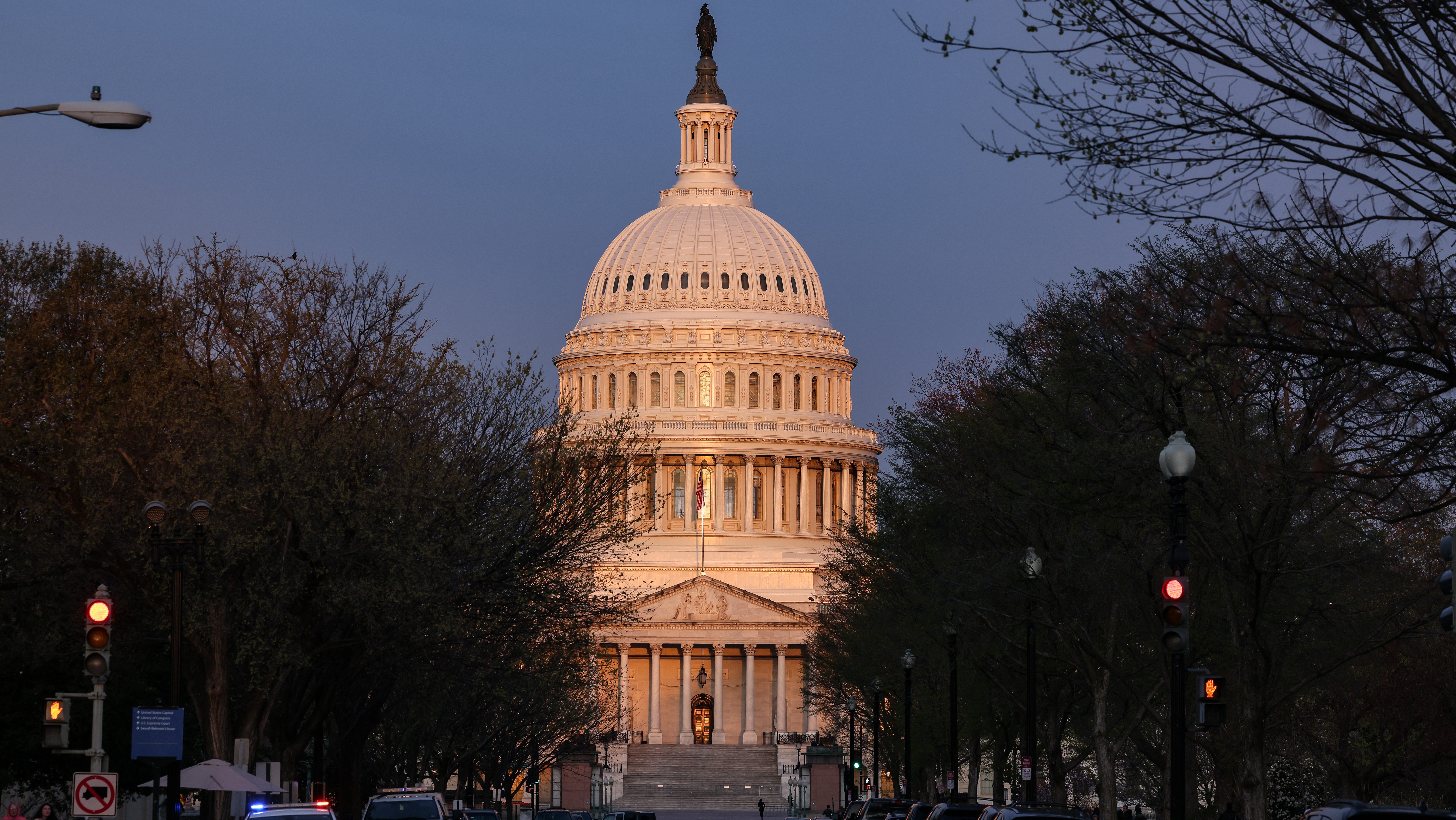The video immediately went viral: A Tesla zooming down the Massachusetts Turnpike with the driver seemingly asleep behind the wheel.
A few days later, I received a phone call from Peter, a Tesla owner from Newburyport. He had quite a story to tell.
In its statement about the turnpike video, Tesla had said it and other online examples appeared to be "dangerous pranks or hoaxes."
But Peter had reason to believe the driver was really snoozing. Why? Because he said the very same thing happened to him.
"It was a horrible feeling to realize I had gone so far without being alert and awake," Peter recalled.
While returning from a work trip in western Massachusetts, Peter said his Tesla was in Autopilot mode as he traveled along Route 2. In about nine miles, he would need to merge onto Interstate 495 to complete the home stretch of his journey.
Peter blinked his eyes. The next thing he remembers is waking up and discovering he was already well past his turn. Peter estimates that he'd been asleep behind the wheel for roughly 14 miles.
U.S. & World
"I was in a state of absolute shock," Peter said. "I had gone a long distance and was not in control."
Peter did not want to reveal his identity because he's concerned it could put him in legal jeopardy. But he agreed to retrace his journey because he worries the same thing could happen to other Tesla owners, putting them and other drivers at risk.
It was my first time seeing the technology in action. With Peter's hands off the wheel and his feet off the gas pedals, I watched as the Tesla stayed in its lane and kept a steady distance from vehicles in front of us.
If 30 seconds passed, an alert popped up on the screen, warning Peter to pay attention and stay alert. He put his hands on the wheel and jiggled it slightly to let the computer know he was engaged.
If ignored, those alerts would intensify and the vehicle would eventually shut off Autopilot.
Peter explained that some Tesla owners refer to the warnings as "nagging." He then demonstrated that some drivers have figured out ways to circumvent the safety system.
"I jokingly call this the magic spot," he said, resting his hand on the 6 o'clock position of the wheel. "If my hand is here, the warning system won't go off."
Peter learned the maneuver from a YouTube video, where one of the Tesla "tips and tricks" the driver shows is how to override the safety alert system.
"It keeps the Autopilot satisfied enough to where it doesn't alert you. And you don't even feel like you're holding the wheel," the driver tells viewers.
There are plenty of other examples online about how to trick the technology: tying a weight to the wheel, strapping a water bottle, or even wedging an orange.
"It doesn't ask you to grab the wheel," the narrator explains. "Anyway, I'd advise you to stay awake, nonetheless."
Sean Kane is a nationally-recognized auto safety watchdog with Rehoboth-based Safety Research & Strategies. Kane has closely followed the evolution of autonomous vehicles and believes federal regulators need to take more aggressive oversight.
Kane told me the Autopilot technology is being tested on the nation's roadways at a time when it should be further refined on test tracks or simulation machines.
"Essentially, they are running a clinical trial on the public," Kane said. "I didn't buy a Tesla. I didn't sign up for that. And most of the public didn't, either."
NBC10 Boston Investigators asked the National Highway Traffic Safety Administration about the detours drivers can take around the Autopilot warning system.
A spokesperson with the federal agency wrote that all vehicles available to consumers today require a responsible, attentive, alert driver to be engaged at all times.
"NHTSA will not hesitate to act if it identifies a safety-related defect," the statement said.
The agency also pointed to a "cease and desist" letter issued in 2018 to a company selling a product called the Autopilot Buddy, which marketed itself as a "nag reduction device" in Teslas.
Kane believes that Tesla should implement a more sophisticated system to prevent drivers from using the Autopilot tricks.
"They are fully aware of the workarounds and they know the torque sensor on the steering wheel is easy to game," Kane said. "We are building a house of cards. If we don't have a baseline of safety with this type of technology, it's the Wild West."
Tesla did not respond to NBC10 Boston inquiries regarding Peter's experience and whether any changes to the Autopilot safety alerts are needed.
But when the viral video on the Massachusetts Turnpike surfaced in September, the electric car maker defended the safety of its technology.
"Our driver-monitoring system repeatedly reminds drivers to remain engaged and prohibits the use of Autopilot when warnings are ignored," it said at the time. "Tesla owners have driven billions of miles using Autopilot and data from our quarterly Vehicle Safety Report indicates that drivers using it experience fewer accidents than those operating without assistance."
Peter is still a huge fan of his Tesla and believes its driver assistance features will ultimately make roadways safer.
But he worries about what could have happened while he was asleep at the wheel. There have been some high-profile crashes involving Teslas, including one that killed a Florida man when his Tesla collided with a semi trailer while in Autopilot mode.
Peter said he woke up a few miles before he would've encountered an intersection with a traffic light, something his Autopilot system isn't equipped to recognize.
"If there wasn't another car in front of me, it would just blow right through a red light without stopping," he explained.
That's why Peter thinks his story should be a wake-up call for Tesla to remove a potentially dangerous temptation for drivers.
"I was ashamed of myself and furious I put myself in that position," Peter said. "I think for all the brilliance the engineers have put into the car, this is something they need to address."
Ryan Kath can be reached at ryan.kath@nbcuni.com. You can also follow him on Twitter or connect with him Facebook.



